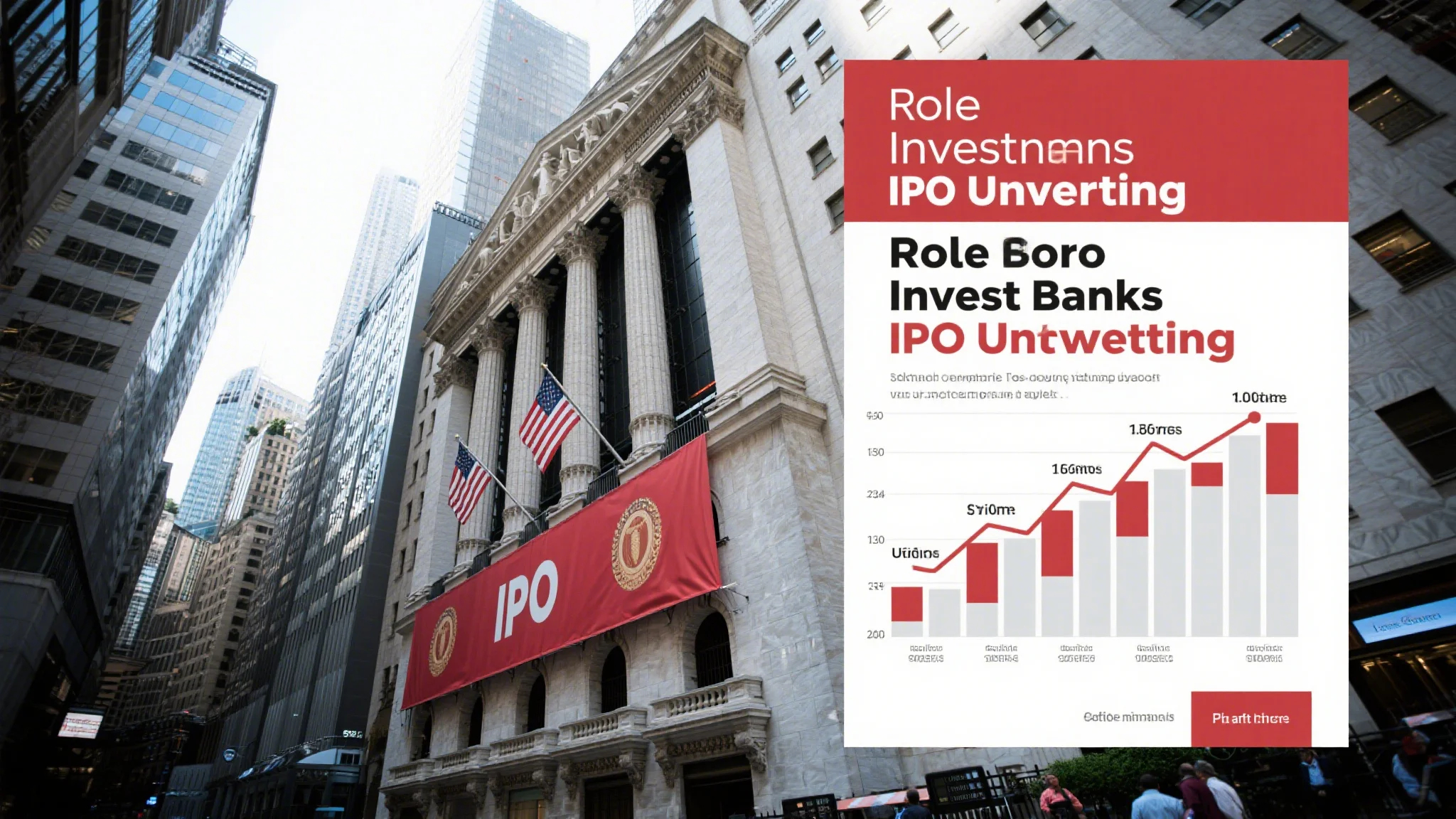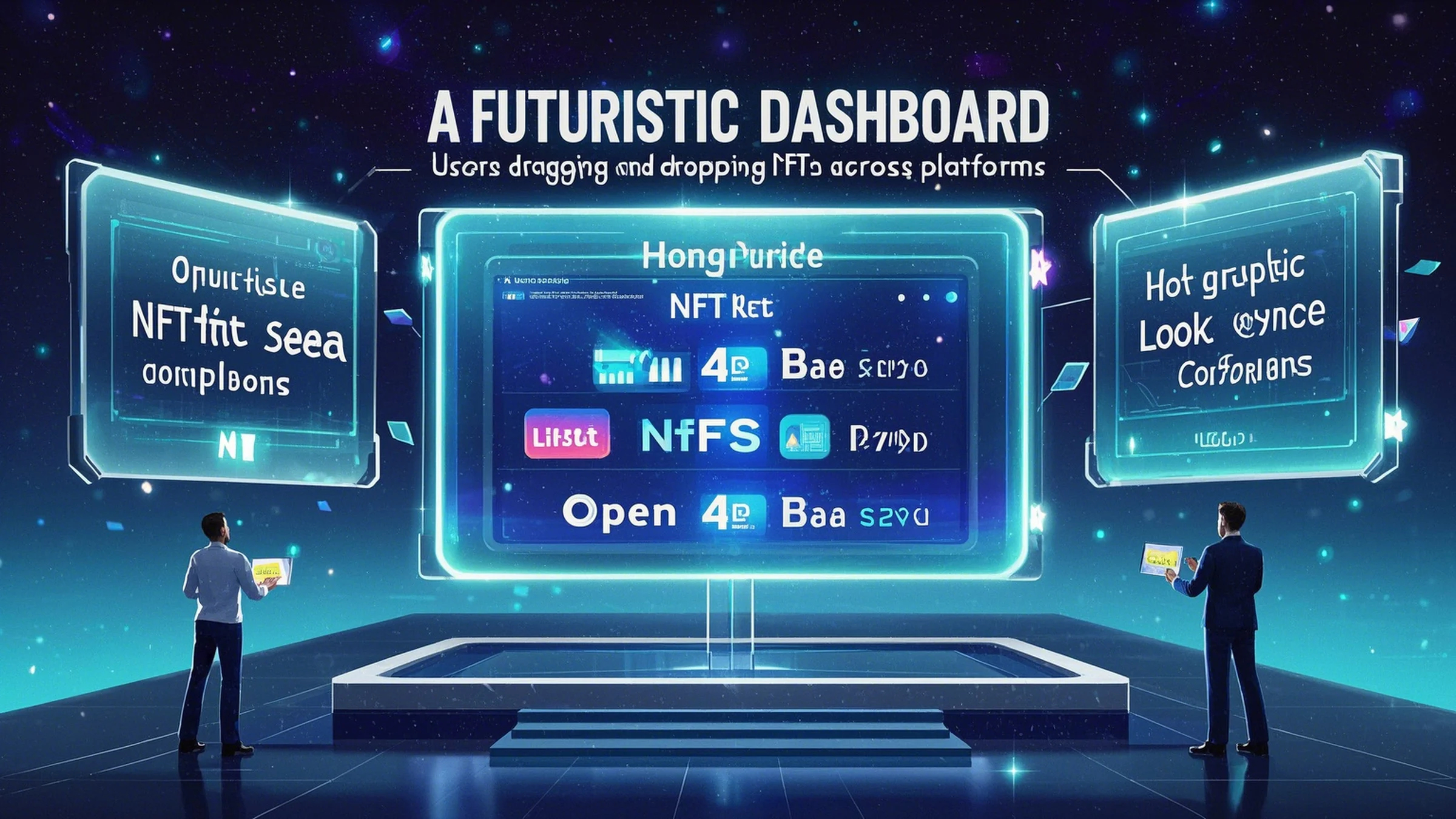The world of NFTs (Non-Fungible Tokens) has exploded in recent years, becoming a cultural and economic phenomenon. From digital art to virtual real estate, NFTs have revolutionized the way we think about ownership and value in the digital age. However, as the market continues to grow, challenges such as oversaturation, volatility, and the lack of accessibility for new collectors have emerged. To address these issues, the future of NFT trading lies in the integration of AI-powered curation and dynamic pricing models.
The Current Landscape of NFTs
NFTs are unique digital assets stored on blockchain technology, which ensures their authenticity and ownership. Unlike traditional art markets, NFT marketplaces allow anyone with an internet connection to participate in buying, selling, and trading digital assets. This democratization of art and collectibles has led to a surge in creativity and innovation. However, the sheer volume of NFTs available on platforms like OpenSea, Christie’s, and Nifty Gateway has made it difficult for buyers to find high-quality, undervalued assets.
Moreover, the pricing of NFTs is often arbitrary, relying on auction systems or buy-now buttons. While this can create hype and drive prices up, it doesn’t always reflect the true value of the asset. This lack of transparency and inefficiency has left many collectors feeling overwhelmed and unsure about where to invest.
The Role of AI in NFT Curation
AI-powered curation is poised to solve these problems by bringing order to the chaos of the NFT market. AI algorithms can analyze vast amounts of data, including transaction history, market trends, and even the emotional responses of collectors, to identify patterns and predict trends. This data-driven approach allows AI to curate NFTs based on their potential value, rarity, and cultural significance.
For example, AI can evaluate an NFT’s visual appeal, the reputation of its creator, and its historical sales performance to determine its worth. This level of precision is impossible for humans to achieve at scale, making AI an indispensable tool for NFT marketplaces. By leveraging AI, platforms can offer users personalized recommendations, ensuring that they discover NFTs that align with their tastes and investment goals.
Additionally, AI can help filter out low-quality or overhyped NFTs, reducing the risk of buyers making poor investments. This not only benefits collectors but also creators, as it ensures that high-quality work is recognized and valued appropriately.
Dynamic Pricing Models: Redefining Value
Another game-changing innovation in the NFT space is the adoption of dynamic pricing models. Unlike traditional auction systems, which rely on bids and final hammer prices, dynamic pricing models adjust the price of an NFT based on real-time market data. These models use AI to track factors such as demand, rarity, and market trends to determine the most accurate price for an NFT.
Dynamic pricing has several advantages over traditional methods. First, it eliminates the uncertainty and guesswork associated with auctions. Buyers can purchase NFTs at a price that reflects their true value, without the pressure of outbidding others. Second, dynamic pricing can increase liquidity in the market by making NFTs more accessible to a wider range of buyers.
For instance, an NFT that was initially priced at $10,000 but has seen increased demand due to a viral social media campaign could adjust its price to $15,000. Conversely, if interest wanes, the price could drop to $8,000. This flexibility ensures that NFTs are always priced fairly, reducing the risk of overvaluation or undervaluation.
Moreover, dynamic pricing models can incorporate additional factors, such as the NFT’s usage rights or its integration with other digital platforms. For example, an NFT that grants exclusive access to a virtual concert or gaming asset could have its price adjusted based on the popularity of the event or the demand for the game. This level of customization allows for a more nuanced and accurate pricing system.
The Future of NFT Trading
The combination of AI-powered curation and dynamic pricing models represents a significant leap forward in the evolution of NFT trading. These technologies not only enhance the efficiency and transparency of NFT marketplaces but also pave the way for new opportunities for creators and collectors alike.
AI Curation: Democratizing Access
One of the most exciting aspects of AI curation is its potential to democratize access to NFTs. In the current market, high-profile artists and projects dominate the spotlight, often leaving smaller creators struggling to gain recognition. AI curation can help level the playing field by identifying emerging talent and promoting underappreciated NFTs based on their intrinsic value rather than their名气.
For example, an AI algorithm could discover a hidden gem created by a lesser-known artist and highlight it on the homepage of a marketplace. This could lead to increased exposure and sales for the creator, helping them build a following and establish a name for themselves in the industry.
Furthermore, AI curation can cater to the diverse tastes of collectors. Whether someone is interested in digital art, collectible characters, or utility-based NFTs, AI can curate a personalized selection of assets that match their preferences. This personalized approach not only improves the user experience but also increases the likelihood of successful transactions.
Dynamic Pricing: Unlocking Market Potential
Dynamic pricing models have the potential to unlock new market potential by making NFTs more accessible and affordable. In the current auction-driven system, prices can be artificially inflated due to competition among bidders. This can discourage new collectors from entering the market, as they may fear getting caught up in a bidding war and overpaying for an asset.
Dynamic pricing, on the other hand, ensures that NFTs are priced in a way that reflects their true value, making them more attractive to a broader audience. For instance, a collector who is interested in a popular NFT but hesitant to participate in an auction could purchase it at a dynamically adjusted price that feels more reasonable.
Additionally, dynamic pricing can facilitate the growth of secondary markets for NFTs. As prices adjust based on real-time data, collectors can buy and sell NFTs with greater confidence, knowing that the price reflects current market conditions. This increased liquidity can make NFTs a more viable investment option for a wider range of people.
The Role of Blockchain Technology
It’s worth noting that the integration of AI and dynamic pricing models is only possible due to the underlying blockchain technology that powers NFTs. Blockchain provides the transparency, security, and immutability necessary for these systems to function effectively.
For example, blockchain ensures that transaction data is accurate and tamper-proof, which is essential for AI algorithms to analyze market trends and make reliable predictions. Similarly, dynamic pricing models rely on blockchain to track NFT ownership and transaction history, ensuring that prices are based on verifiable data.
As blockchain technology continues to evolve, we can expect even more innovative applications in the NFT space. From decentralized marketplaces to tokenized assets, the future of NFTs is looking brighter than ever.
The future of NFT trading is undeniably tied to the adoption of AI-powered curation and dynamic pricing models. These technologies have the potential to transform the NFT market into a more efficient, transparent, and accessible space for creators and collectors alike.
By leveraging AI, NFT marketplaces can offer personalized recommendations, filter out low-quality assets, and promote emerging talent. Dynamic pricing models, on the other hand, ensure that NFTs are priced fairly and accurately, reducing the risks associated with traditional auction systems.
Together, these innovations are paving the way for a new era of NFT trading, where creativity, innovation, and accessibility reign supreme. As the market continues to evolve, we can expect to see even more groundbreaking developments that push the boundaries of what’s possible with digital assets.
The future of NFTs is bright, and with AI and dynamic pricing at the forefront, it’s clear that this is just the beginning





